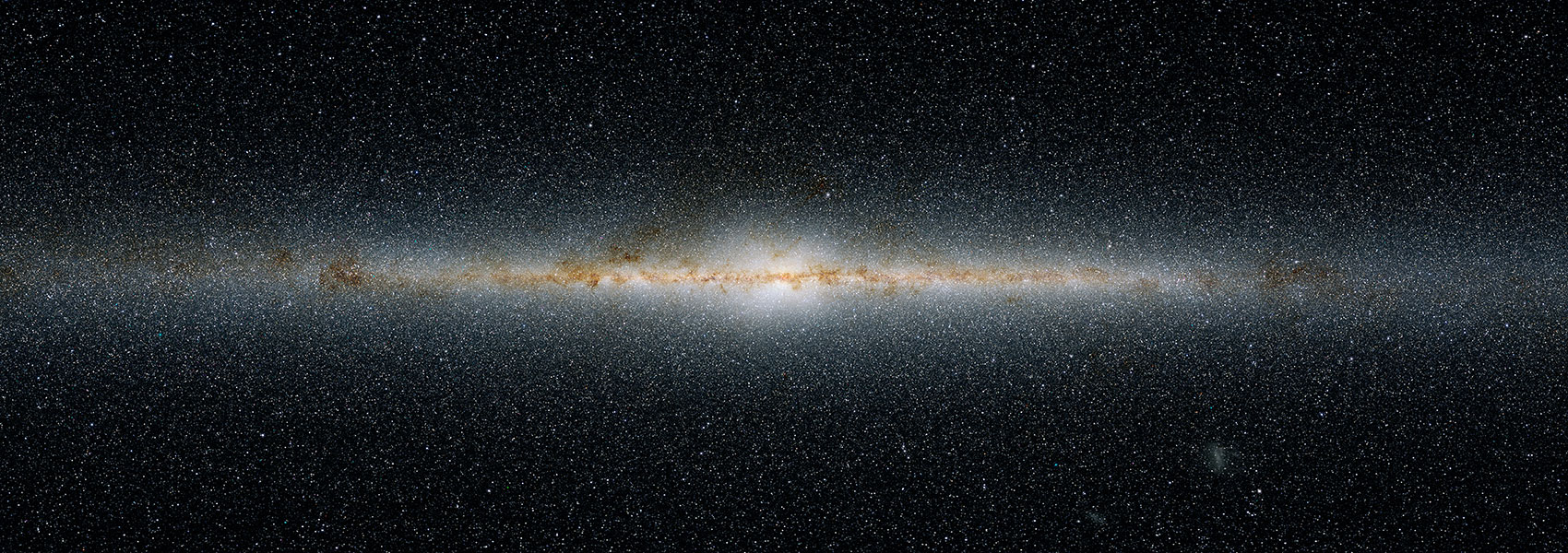January
2013
•
2013AJ....145...20M
Authors
•
Ma, Bo
•
Ge, Jian
•
Barnes, Rory
•
Crepp, Justin R.
•
De Lee, Nathan
•
Dutra-Ferreira, Leticia
•
Esposito, Massimiliano
•
Femenia, Bruno
•
Fleming, Scott W.
•
Gaudi, B. Scott
•
Ghezzi, Luan
•
Hebb, Leslie
•
Gonzalez Hernandez, Jonay I.
•
Lee, Brian L.
•
Porto de Mello, G. F.
•
Stassun, Keivan G.
•
Wang, Ji
•
Wisniewski, John P.
•
Agol, Eric
•
Bizyaev, Dmitry
•
Cargile, Phillip
•
Chang, Liang
•
Nicolaci da Costa, Luiz
•
Eastman, Jason D.
•
Gary, Bruce
•
Jiang, Peng
•
Kane, Stephen R.
•
Li, Rui
•
Liu, Jian
•
Mahadevan, Suvrath
•
Maia, Marcio A. G.
•
Muna, Demitri
•
Nguyen, Duy Cuong
•
Ogando, Ricardo L. C.
•
Oravetz, Daniel
•
Pepper, Joshua
•
Paegert, Martin
•
Allende Prieto, Carlos
•
Rebolo, Rafael
•
Santiago, Basilio X.
•
Schneider, Donald P.
•
Shelden, Alaina
•
Simmons, Audrey
•
Sivarani, Thirupathi
•
van Eyken, J. C.
•
Wan, Xiaoke
•
Weaver, Benjamin A.
•
Zhao, Bo
Abstract
•
We present an eccentric, short-period brown dwarf candidate orbiting the active, slightly evolved subgiant star TYC 2087-00255-1, which has effective temperature T eff = 5903 ± 42 K, surface gravity log (g) = 4.07 ± 0.16 (cgs), and metallicity [Fe/H] = -0.23 ± 0.07. This candidate was discovered using data from the first two years of the Multi-object APO Radial Velocity Exoplanets Large-area Survey, which is part of the third phase of Sloan Digital Sky Survey. From our 38 radial velocity measurements spread over a two-year time baseline, we derive a Keplerian orbital fit with semi-amplitude K = 3.571 ± 0.041 km s-1, period P = 9.0090 ± 0.0004 days, and eccentricity e = 0.226 ± 0.011. Adopting a mass of 1.16 ± 0.11 M ⊙ for the subgiant host star, we infer that the companion has a minimum mass of 40.0 ± 2.5 M Jup. Assuming an edge-on orbit, the semimajor axis is 0.090 ± 0.003 AU. The host star is photometrically variable at the ~1% level with a period of ~13.16 ± 0.01 days, indicating that the host star spin and companion orbit are not synchronized. Through adaptive optics imaging we also found a point source 643 ± 10 mas away from TYC 2087-00255-1, which would have a mass of 0.13 M ⊙ if it is physically associated with TYC 2087-00255-1 and has the same age. Future proper motion observation should be able to resolve if this tertiary object is physically associated with TYC 2087-00255-1 and make TYC 2087-00255-1 a triple body system. Core Ca II H and K line emission indicate that the host is chromospherically active, at a level that is consistent with the inferred spin period and measured v rotsin i, but unusual for a subgiant of this T eff. This activity could be explained by ongoing tidal spin-up of the host star by the companion.
Links




